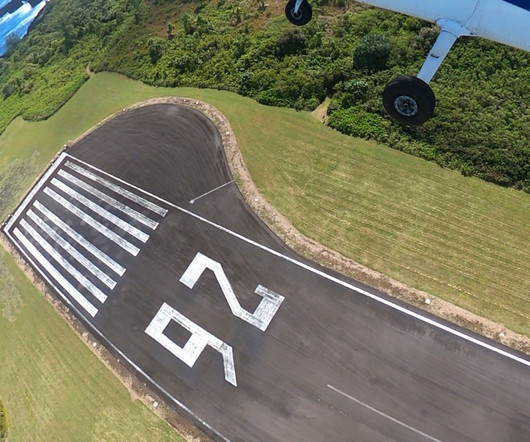The Pitot-Static System: How It Works
Pilot Institute
DECEMBER 12, 2024
Blockages in the pitot tube or static port can lead to inaccurate or failed instrument readings. Pilots can use pitot heat or alternate static sources to handle blockages in-flight. The altimeter is the only instrument in small aircraft that gives the pilot altitude information. inHg (standard sea-level pressure).



















Let's personalize your content